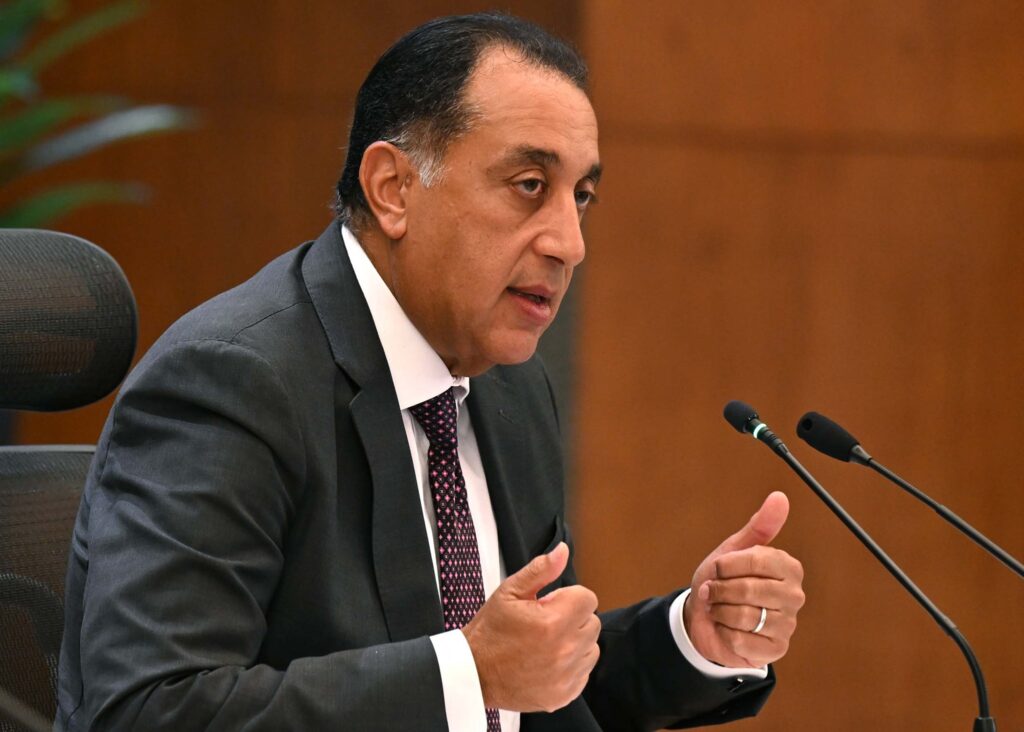Egypt has secured a stable and reliable system to meet its natural gas needs for the next five years through the floating, storage, and regasification units (FSRU), Prime Minister Mostafa Madbouly stated during the Cabinet meeting on Wednesday.
“The use of these units is a temporary measure until Egypt restores its full domestic production capacity, which is expected to happen in parallel with the increasing exploration and drilling activities,” said Madbouly.
He explained that exploration and drilling operations are being actively resumed by foreign partners, following the government’s success in settling their monthly dues and accumulated payments, with the value of the latter steadily decreasing every month.
He stressed that Egypt now has a clear view of the expected outcomes of the current exploration efforts over the next three to four years, adding: “Based on that, we will be able to determine when each of the regasification units can be phased out.”
Throughout 2025, Egypt witnessed notable progress in the oil and gas output, driven by discoveries, increased production, and government efforts to attract foreign investments.
The Egyptian General Petroleum Corporation (EGPC); and the Egyptian Natural Gas Holding Company (EGAS) have recently signed a new agreement with Italy’s Eni and British bp to begin exploration activities in the Mediterranean Sea,this includes drilling an exploratory well in the Temsah concession area over the next few months.
In July, UAE Dana Gas has reported positive initial results from the Begonia-2 appraisal well onshore Nile Delta. Drilling and logging results indicated that the well contains nine billion cubic feet (bcf) of gas as an initial estimate, which is subject to increase. Begonia-2 will produce an additional five million cubic feet per day (mmcf/d).
In June, the offshore drilling rig Saipem 10000 completed sidetrack drilling operations at the Zohr-6 well, adding approximately 60 mmcf/d of natural gas to current production levels. The rig proceeded to its next planned tasks and began drilling operations at the Zohr-13 well. Engineering studies suggest that this well would add 55 mmcf/d of natural gas, further bolstering domestic production levels.
Meanwhile, the Prime Minister noted that Egypt’s current access to the regasification units has enabled the country to secure liquefied natural gas (LNG) cargoes under more favorable conditions, in terms of payment conditions and pricing, for up to three years in advance.
The prime minister highlighted the fact that so far, the FSRUs are not operating at their maximum capacity despite the significant demand load they currently serve.
Karim Badawi, Minister of Petroleum and Mineral Resources visited Aqaba Port in Jordan this week to review the commissioning trials of the Energos Force unit, which is set to receive imported liquefied natural gas (LNG) shipments, regasify them, and inject the gas into the Arab Gas Pipeline. The unit would provide Egypt with gas if needed.
Egypt has three operating regasification units at SUMED and Sonker ports in Ain Sokhna with an overall regasification capacity of 2,250 million cubic feet per day (mmcf/d). They operate adaptively, responding to seasonal shifts and short-term changes in domestic demand.
Moreover, another unit, Energos Winter FSRU, is expected to dock at Damietta port and will operate for five years upon the lease agreement signed between the unit and EGAS. It holds 450 mmcm/d of regasification capacity.




